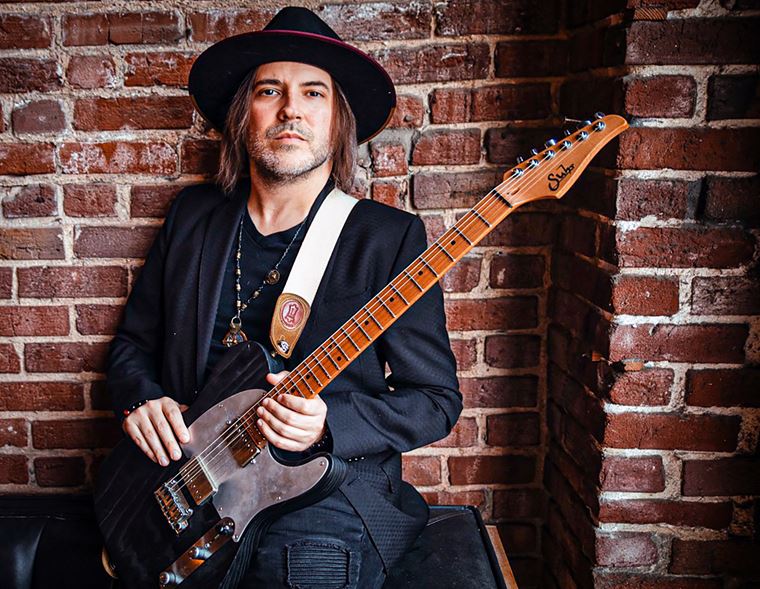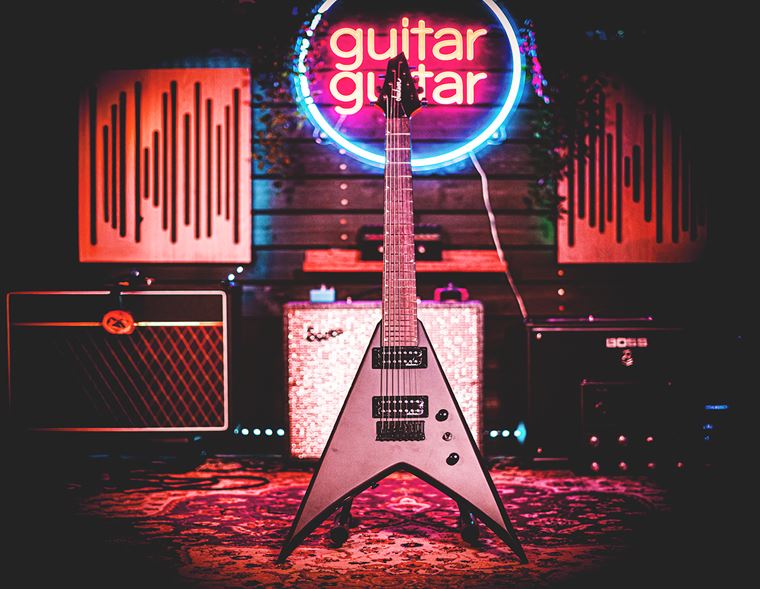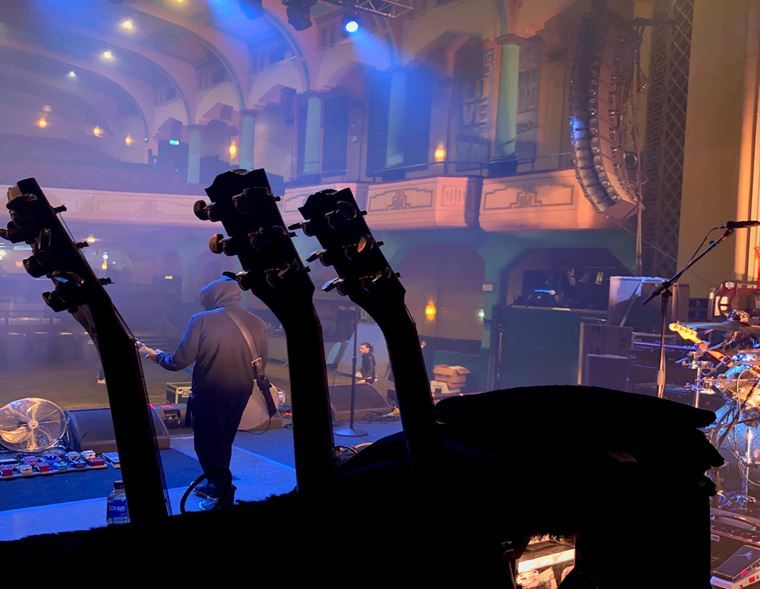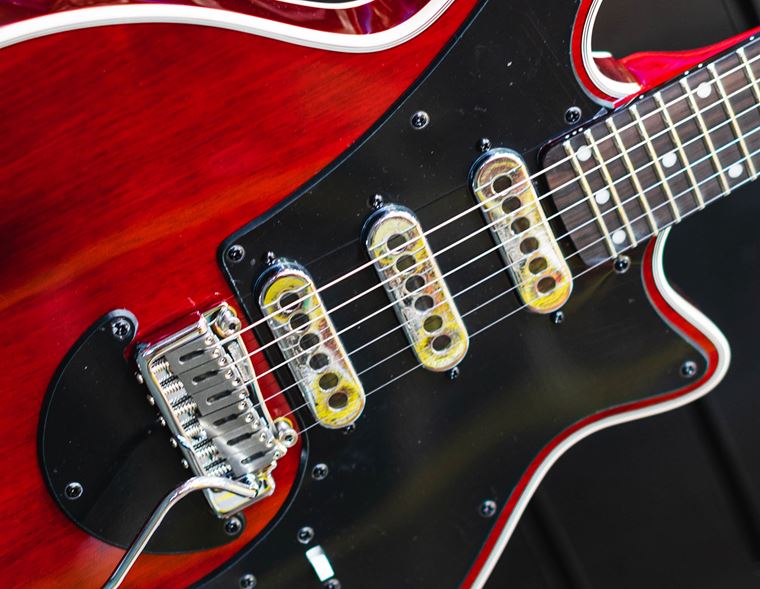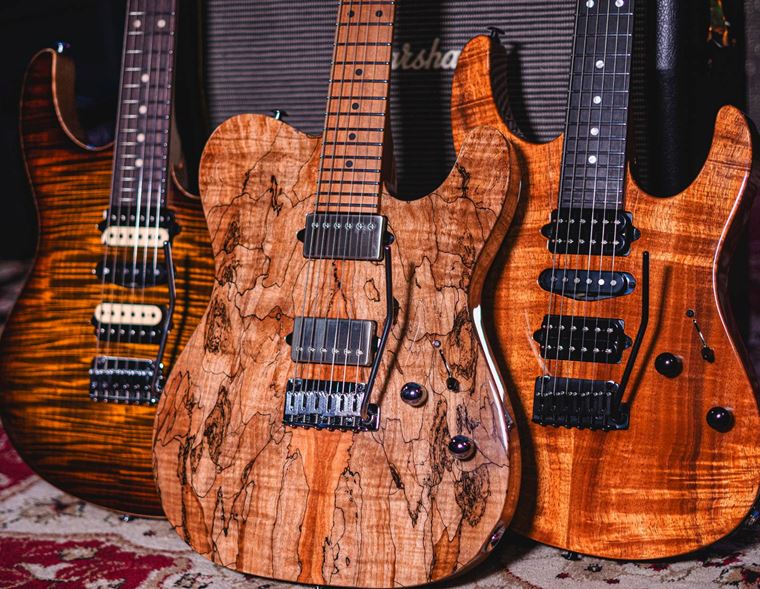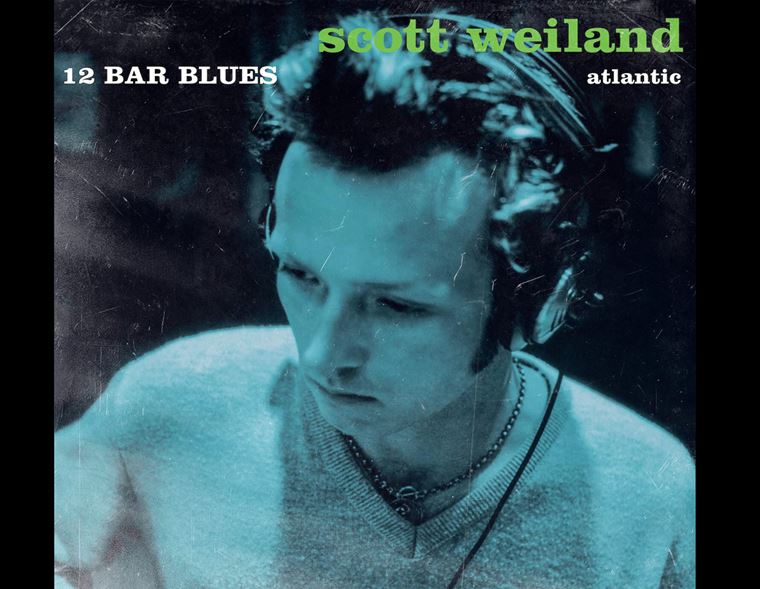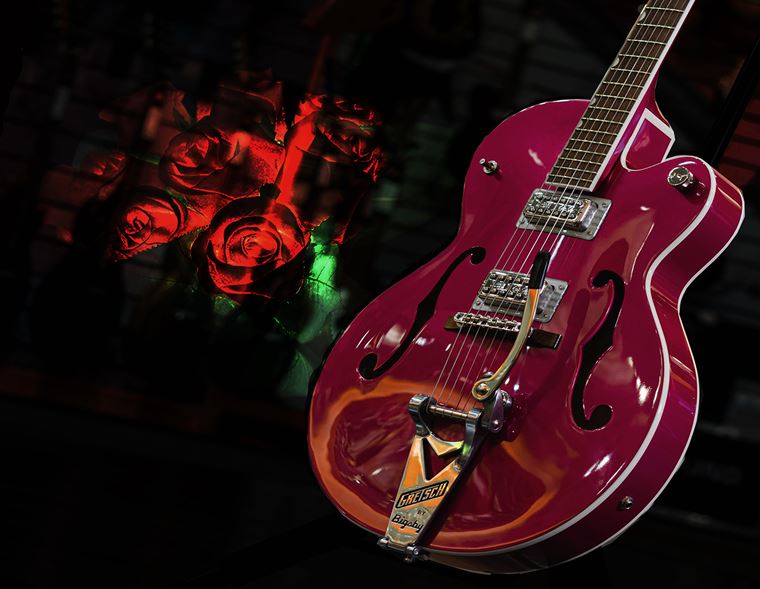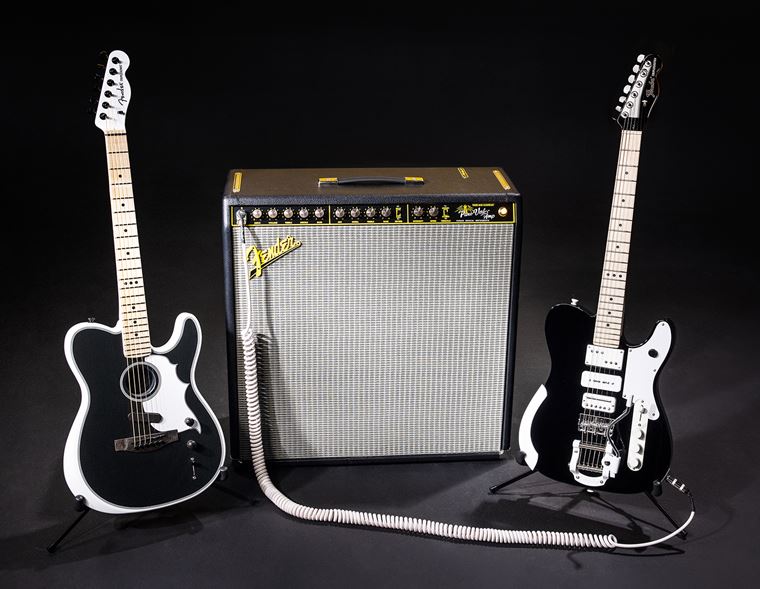Our Expert Guitar Amp Buying Guide
Fellow guitarists, welcome to the future. We live in a post-digital technological era, where as musicians, we can command a universe of sounds at the touch of a button. We can summon a whole studio’s worth of equipment from our laptops, with a level of detail and response that is as convincing to our audiences as ‘the real thing’. It’s a golden age in terms of creative potential.
But are you feeling like you’re missing something? Has it become a joyless task to scroll through (and then try out) endless options inside enormous sound libraries, tweaking umpteen permutations of the same relative sounds to try to land on the tone you want to use? Has option paralysis become a crippling defeat for you, as your numerous software plugins sit unused on your computer’s hard drive? Having the world at our fingertips is a curious thing indeed.
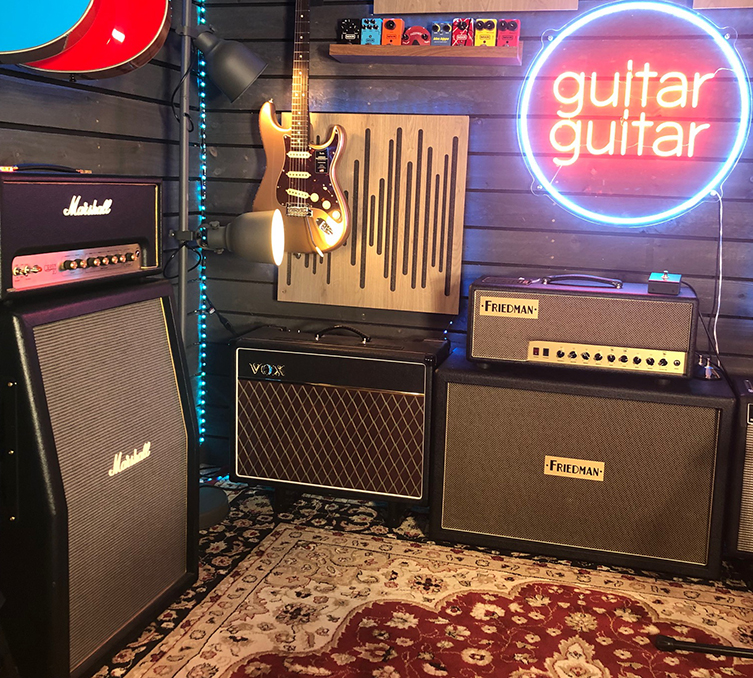
It’s a new problem for many guitarists, and the rub of it is, it’s what we thought we always wanted, isn’t it? To be able to plug into a device of some type and happily click our way through history’s greatest amps and effects, all cloned to seeming perfection by ever-increasing generations of software, all of whom keep claiming to have created the most realistic experience ever.
Now, for those who are happy to encounter this technology on its own terms and go toe-to-toe with it, the rewards are obvious: you do get exceptionally realistic sounds that feel and react as a ‘proper’ set up would, and you get hitherto unheard of levels of diversity and versatility. These guitarists are happy to navigate the menus, submenus and auxiliary menus. They enjoy the somewhat cryptographic game that is figuring out what a virtual amp is supposed to ‘be’ from its lookalike graphic and lawsuit-dodging name.
These are the players who get the most from this current world of tech.
But that’s not all guitarists, is it?
For others, it’s all just a distraction in order to get to a falsehood. For these people, there has been a keenly identifiable loss at the centre of their guitar-shaped hearts. That loss is the very real and physical thrill of plugging their favourite guitar into an excellent valve amp and allowing physics, nature and hazard to enter their playing session in a most brilliant and inspiring way.

Instead of endless options (how many alternative speaker cabs would we ever actually pair with an AC30 in real life anyway?), they want a few excellent options from which to create a signature sound. They want an interactive experience with whatever their guitar is plugged into. And, they realise that digital modellers would not exist were it not for the original might, musicality and inspiration of a great guitar amp. No matter which way the cake is sliced, great tone begins with a great player plugging a good guitar into an even better amp. This is the way, and has always been the way since the dawn of rock. We are by no means luddites here at guitarguitar - quite the opposite, as we are sure you’ll have noticed - but we have a deep and loving passion for excellent amplifiers. Today, we want to talk to you about why you may be missing out if you don’t try a great amp soon!
Amplifiers are Instruments
Speaking plainly, amplifiers are instruments. They are tools, they are art and they are wizardry, and the fact is, they are arguably more important to your overall sound than any other element from your fingers to your ears. Amplifiers are instruments, and, just as a Fender Stratocaster will never sound exactly the same as a Gibson Les Paul, neither will a Tone King Gremlin ever sonically resemble a Bad Cat Lynx. This is the beauty and joy of owning a quality amplifier: assimilating its qualities and behaviours into how you play, in a real, three dimensional and reactive way. Some amps break up quicker than others, and some have a tighter attack compared to others that have a little lag before the notes bloom. Feeling all of these variables when we play is partly what contributes to an inspired performance, not to mention a satisfying session for both player and audience.
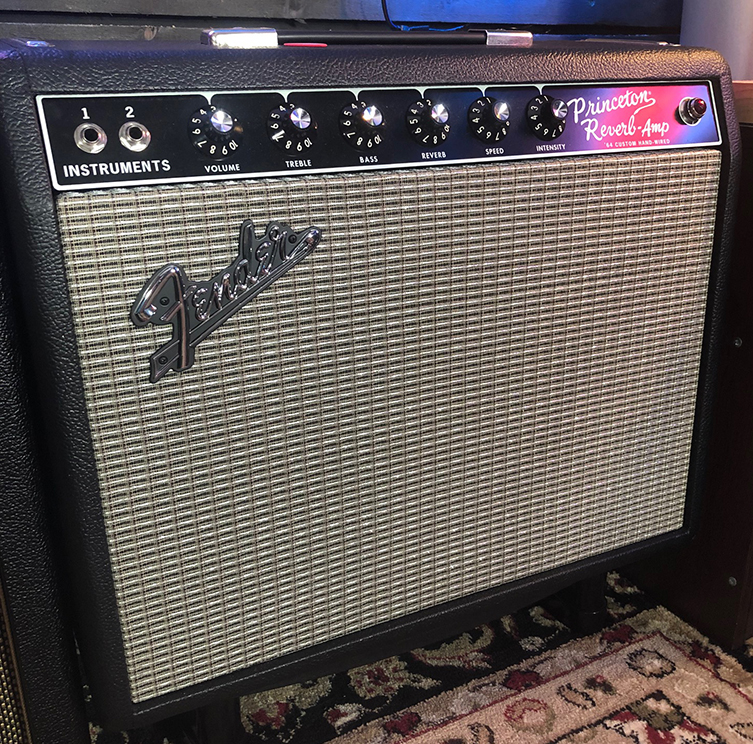
So, amplifiers are instruments, and we wouldn’t take a Danelectro to a Djent gig anymore than we’d play trad folk music on an 8 string ESP guitar with active Fluence pickups. Choosing the correct tools for the job is part of the fun, and leads to a greater understanding and appreciation of just what’s happening when you play a note on your guitar.
So, with all of that in mind, let's delve into some current favourites from the world of top quality valve amps to see what’s happening there…
Tone King Gremlin - Clean, Pure Valve Tone
Valve purists love it when they get a handwired amp (with all points in the inner circuit hand-soldered) that has very little in the way of controls, and less in terms of features. Purity is a pursuit, and the amplifiers that tone-hungry purists love often come with very little in the way of controls, extraneous features and indeed very little messing about between the input and the output.

Tone King are a boutique brand who make such amplifiers. The model we’re showcasing today - The Tone King Gremlin - is both typical and atypical for such an amp. Designed and handmade in the USA, it’s a classic, vintage-inspired 5-watt combo that looks appropriately retro. Tone King talk about hand-selected components, which is grist for the boutique mill here, but we were surprised to find two entirely different channels on this amp, and that’s not a typical channel-switching clean/overdrive situation, either. We’re talking about two input jacks, and you physically plug into the channel you want, then treat it like a single channel combo. The Gremlin offers two entirely separate sounds: one intended as a ‘Blackface’ (the clunky industry reference for a 60s Fender combo with a black front panel) and the other as a ‘Tweed’, referring to Fender’s blonde 1950s combos. There is also a built-in ‘frequency compensated’ attenuator, which makes use of transformers within the circuit as opposed to resistors, thus preserving signal integrity and not spoiling all the hard-earned tonal purity!
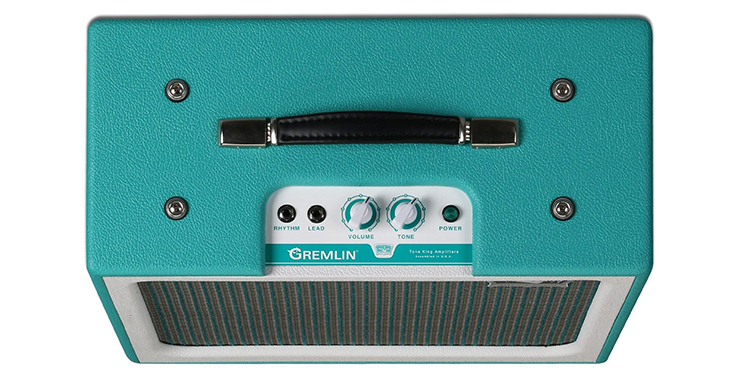
In practice, the Gremlin does indeed deliver an impressive pair of tones that feel distinct from one another. Both have that extra dimension that really brings a pickup to life, and the low wattage/attenuator combination means it’s easy to bring out natural, gritty overdrive. 5 watts can still be surprisingly loud, so be prepared for that when you plug in, but there are glorious, classic tones to be had here in spades, in a package that is super cool to boot.
Friedman - Hot-Rodded ‘British’ Tone to Die For
In amp circles, lots of reference points relate to ‘British or American’ sounds/amps, and this basically boils down to ‘Marshall or Fender’. These two amp titans have defined the market to such a degree that these terms are used as touchstones for the majority of amps built today, at least by boutique brands. As we saw earlier, Tone King’s Gremlin brought us satisfyingly authentic ’Fender’ tones, so now we want to talk about the ‘Marshall’ side of that equation.
Back in the hairspray days of Sunset Strip metal, modded Marshalls were the amps to have. Legendary in their own right (who doesn’t know Marshall?), the gunslinging players of the day needed more gain from their amps and so took them to a few revered modders based around Los Angeles. These people tinkered around with the amp’s inner workings to supercharge them, essentially, and one such man was Dave Friedman.
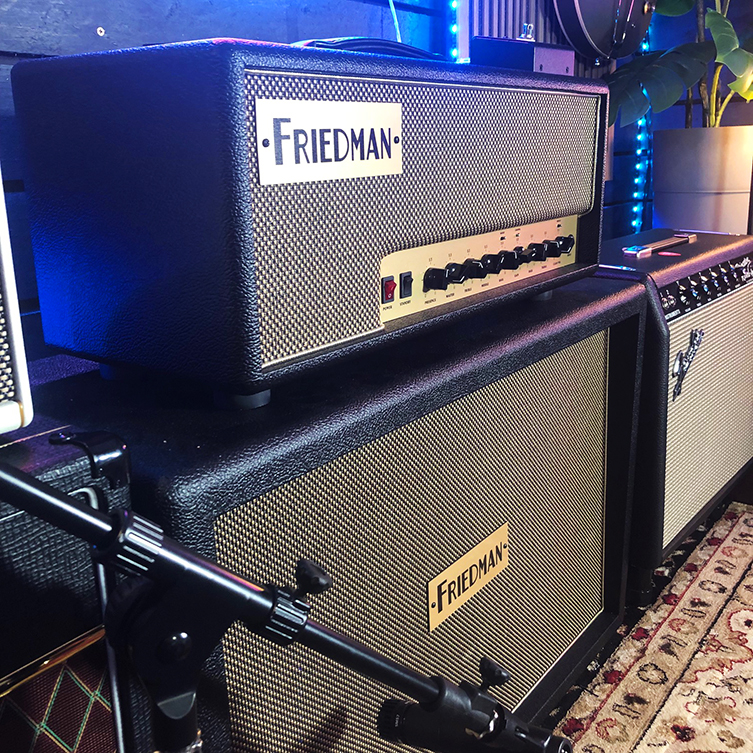
Today, his company builds a range of original amps that retain that signature ‘turbo Marshall’ tone, and are made to high specs in the US. You can still buy 100-watt behemoths, but Friedman also make heads, cabs and combos that are more manageable to today’s player.
One such example would be the Friedman Runt 20: a 2 channel, 20 watt head that runs with EL-84 power valves. Again, 20 watts is actually super-loud, so you’ll most certainly be able to fill a room with the roar from this beast!
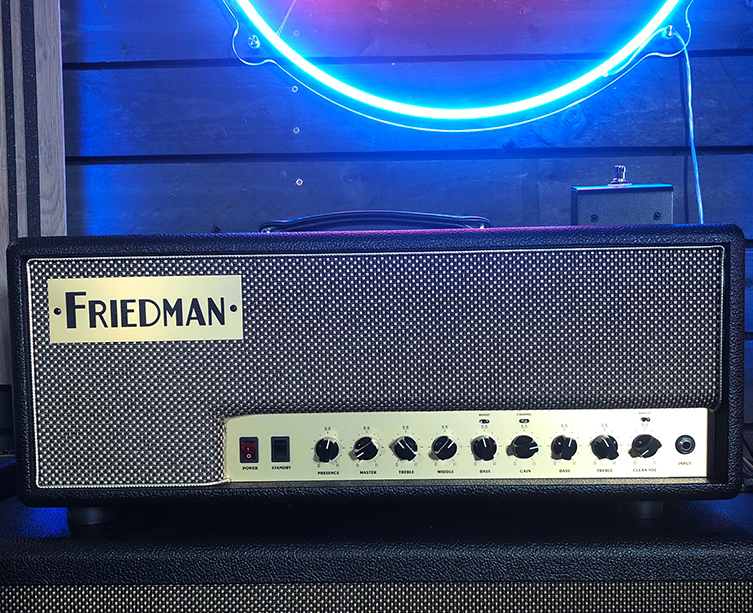
Of the two channels, it’s fair to say that most interested parties will focus on the hugely characterful overdrive channel. From vintage blues bite to British Invasion tones, and from classic rock chunk to fully saturated, signing high gain leads, this channel provides with huge amounts of character and tone. You get those magic moments when a simple turn of the EQ on the amp and a tweak of your guitar’s volume knob can reach ineffable sweetness. You get a big crunchy tone that still responds to your playing dynamic. You get a thick rock sound that still distinguishes your Tele from your SG. It’s immensely satisfying, basically.
Soldano SLO - The Ultimate Overdrive
Soldano’s SLO amp - Super Lead Overdrive - is one of those bucket list amps to even try, let alone own. The distorted tones that come from this amp are out of this world. Whatever you plug into this will sound epic, whilst again still retaining its own individual character. Bland high gain fizz this is not!
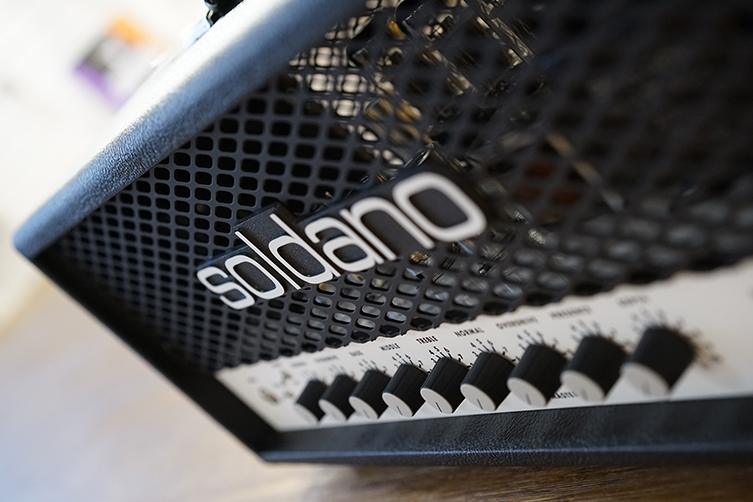
Most notable high gain amps, it must be said, excel at that one thing but disappoint when it comes to the clean channel. Lots of players accept this compromise in order to rule the world with an insanely nice gain channel, but the fact is, there are no compromises with the Soldano SLO. It’s simply one of the very best tube amps we’ve ever encountered. Clean, pushed, crunchy or mega distorted, this amp gives up unequalled results.
Soldano are one of the OG boutique amp builders, and though there have been many contenders to the throne, the SLO remains firmly ensconced on the throne.
Synergy Amps - Choose Your Own Valve Super-Rig
So far, we’ve looked at valve amps that are exceptional yet fairly recognisable in terms of their general design. Now we’d like to show you something a little different. Synergy Amps are an amp builder with a difference: they build modules of famous amps in collaboration with the likes of Bogner, Diezel and Morgan Amplification themselves, and they make modular heads and combos for those modules to slot into. Each module contains two channels, and these are NOT digital models! This is straight up valve amp power and tone, people!
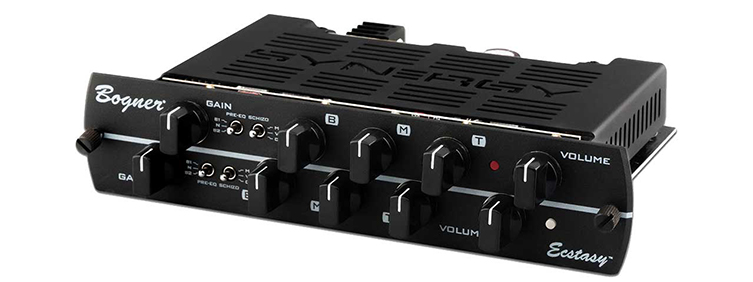
Put simply, this means you can buy something like the Synergy Amps SYN30 C combo - which has its own clean channel plus a space to drop a Synergy module into - and then basically choose your own favourite flavour of overdrive. Pick the module of your preferred boutique amp and enjoy 3 full channels of quite excellent tone (one from the amp itself and two from the module).
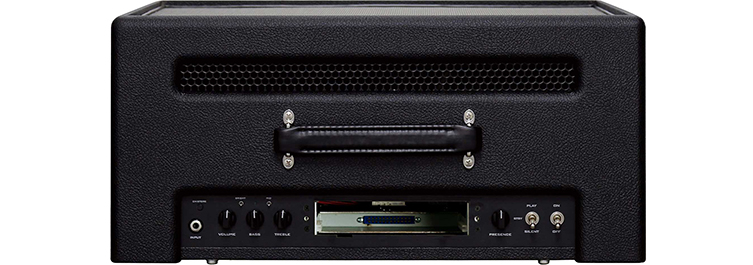
The real bonus is when you build up a collection of several modules to swap in and out, because you’ll effectively have a ‘real’ Bogner, Diezel, Morgan or whatever right there, and then swap in, say, a Friedman or Steve Vai signature module seconds later for entirely different but equally ‘real’ tones!

It’s a wonderful concept, and thankfully, the quality of the sounds involved are accurate and official, so it’s no weird gimmick. We think this is a very exciting area of amplifier design, and obviously so do all of the A-list amp brands who have collaborated on modules! The future is here, people, and it does not have to be digital!
Boutique Amplifiers In Stock Now
We’ve elected to focus on higher-end amps for today’s blog because we wanted to express the notion that these are living, breathing parts of your sound every bit as much as the guitars themselves. No piece of your tonal puzzle is as significant, since nothing does as much to change your sound. One good guitar with three great amps will give you infinitely more tonal options than three great guitars and one good amp.
Whatever your taste for guitar tones may be, we most definitely have a well made, incredible sounding amplifier for you. It may be one of the models we’ve focused on today, or it may well be from one of the other top brands we always keep in stock, ready to try out. If you are serious about sounding the best you possibly can, you owe it to your years of practice and experience to consider a high quality guitar amplifier. We’ll be here to help!


